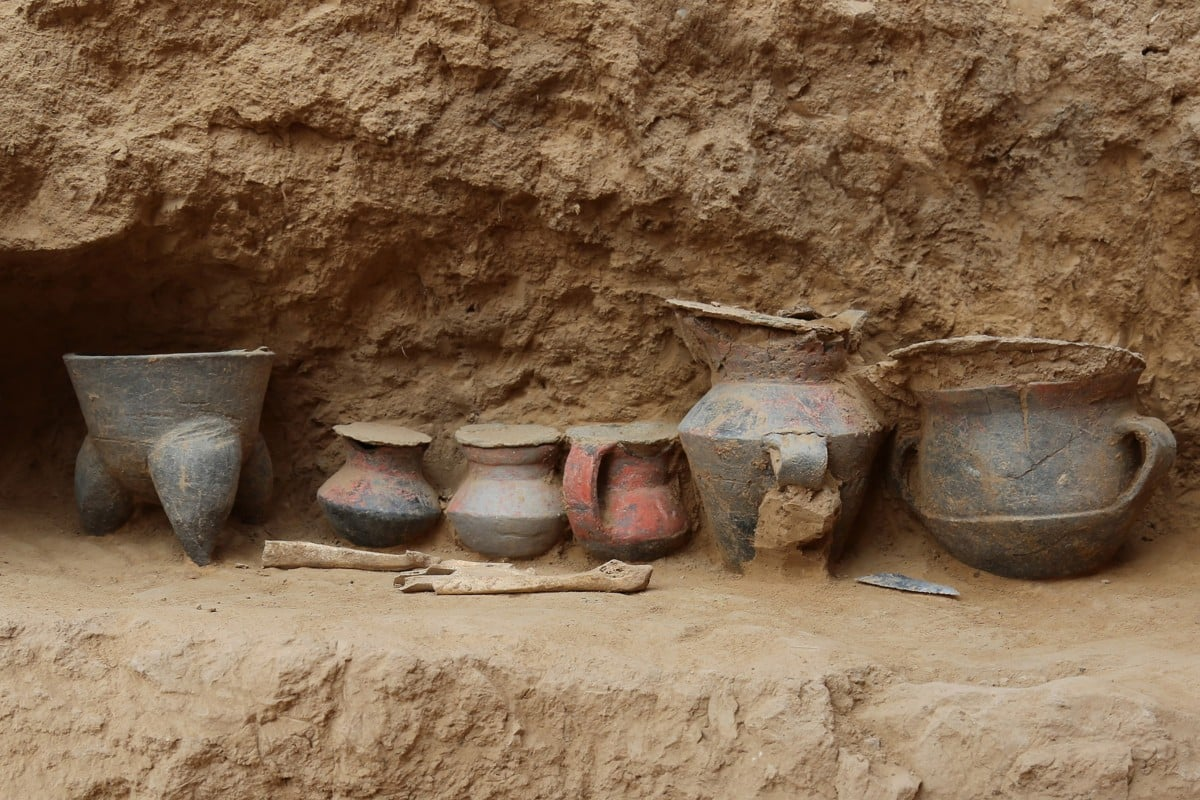"Historical biomolecules" found on a handwritten letter by Vlad Tepes are expected to offer scientists new knowledge about the Romanian voivode who inspired Irish author Bram Stoker's Dracula.
Portrait of Vlad the Impaler or Dracula by an anonymous 16th century artist - Photo: Getty Images
Last May, exactly 125 years after the publication of "Dracula", one of the leading examples of the so-called "Gothic novel", two scientists focused on the study of a document from the 15th century signed by Vlad himself - the so-called Impaler, because of the extermination practices he applied to his enemies.
Gleb and Svetland Zilberstein aim to extract genetic material, sweat, saliva and fingerprints from the letter Dracula himself wrote in a room in Transylvania 5.5 centuries ago.
The date of the letter is August 4, 1475 and the addressee is the people of Sibiu whom Dracula informed that he would settle in their city shortly.
"Protein detectives" of history
They are called "protein detectives", although they themselves prefer the more conventional and more... prosaic "historical chemists".
As the Zilbersteins argue, from this genetic material they can form a picture not only of the physical profile of the Wallachia Voivodeship, but also of the environmental conditions in which it lived.
"It was mystical that we were extracting the Dracula molecules on the day Bram Stroker's novel was published 125 years ago," says Gleb Gilbertine. "We had not planned the date. All night long, after the process of collecting Dracula's molecules, it rained, dogs howled, and lightning lit up the night sky. The atmosphere was truly magical. Count Dracula blessed his release from the Romanian archive."
Born in Kazakhstan and living in Tel Aviv for 26 years, the Zilbersteins collaborated with Professor Pier Giorgio Righetti of the Polytechnic University of Milan to develop a biochemical assay used to collect proteins from objects touched or worn by long-dead people. Among the manuscripts they have studied were those of Russian authors Mikhail Bulgakov and Anton Chekhov.
“After Bulgakov, we took on Anton Chekov. We analyzed the shirt he was wearing when he died, and his last letter. Chekov suffered from tuberculosis and used various substances as painkillers, but died of a stroke. After Chekhov we began to study George Orwell's letter to Moscow and found traces of tuberculosis that stuck in Spain," says Silberstein.
As he notes, this analysis offers insight into the lifestyle of each individual, but also the environmental setting in which he lived.
"With our analysis, we expect a picture of the biomolecular portrait of Vlad Dracula when he wrote or signed these letters - meaning his state of health, what he ate and what the atmosphere around him was like," he explains.







